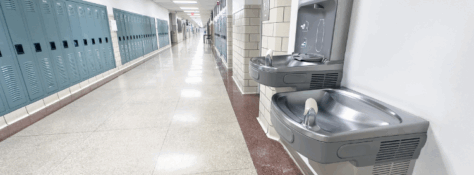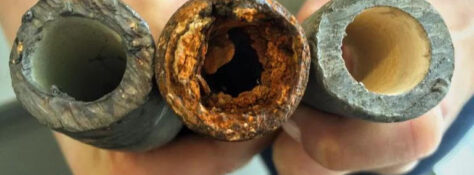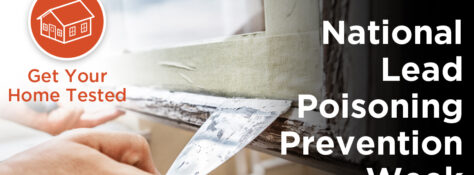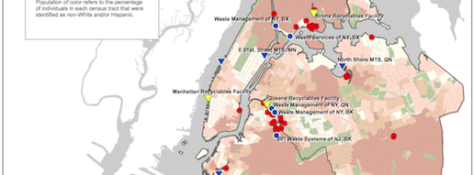Exposure to lead, a toxic metal, has a wide range of harmful effects toward people, from headaches and stomach pains to more severe conditions such as heart disease and impaired kidney function. Children are especially vulnerable, with exposure linked to brain damage, developmental delays, behavioral issues, and hearing and speech impairments. Therefore, it’s essential that lead levels are properly monitored through accurate testing and any exceedances are promptly addressed and reduced through effective remediation, or are properly secured against use and are consistently reported to all required parties for schools.
Learn MoreVoters in the vast majority of school districts with ESBs on the ballot said yes to protecting kids’ health, reducing harmful diesel pollution, and accelerating the transition to a fully electric school bus fleet by 2035.
Learn MoreThis commonsense law is a foundational step towards transparency and action. By mandating that data regarding lead pipe locations be made accessible to the public online, New Yorkers will be empowered with the knowledge of potential risks in their area and the ability to protect themselves and their families.
Learn MoreThe chairs of the Health Committee of the New York State Legislature -- Senator Gustavo Rivera and Assemblymember Amy Paulin – have introduced legislation, S.5512 / A. 6115 known as the “Lead Pipe Right to Know Act.” This bill will make information about the number and location of lead pipes easily accessible to the public and decision-makers, so that state and federal resources can be secured and efficiently disbursed to local efforts to get the lead out of New York’s drinking water by removing all lead pipes.
Learn MoreNews
According to health officials, there is no level of lead in the body that is known to be without harmful effects. That is why NYLCV is urging everyone - homeowners, health care providers, businesses, politicians, educators, etc. - to participate in the federal government’s upcoming National Lead Poisoning Prevention Week (NLPPW), which will be held Oct. 23-29, with wide dissemination of information and a series of topic-focused releases and webinars to spread awareness and lead to community and legislative action.
Learn MoreWe’re all familiar with the yellow school buses of our childhood: the rattling sounds of metal, the squeals of our peers, leather seats that had seen better days. Their presence was an integral part to so many childhoods – so what’s being changed? Transportation is a leading contributor to greenhouse gas emissions in New York, accounting for a third of total overall emissions. Not only are these emissions harming the planet, but research has shown that they are also harming New York’s children, leading to higher levels of asthma.
Learn MoreBlack, Indigenous, and People of Color (BIPOC) communities are continuously burdened by the cumulative impacts of multiple hazardous environmental facilities being placed in their communities. Historically, minority communities and economically distressed communities have borne a disproportionate and inequitable share of environmental facilities such as landfills, waste transfer stations, and fossil fuel power plants. These industrial facilities cause significant health impacts such as asthma, lung and heart disease, increased birth defects, and learning impairments. The negative health impacts of poor air quality, polluted waters, toxic gasses, and more are exacerbated in these communities as a result of the cumulative burden of multiple sites. This bill addresses a fundamental issue of environmental racism, that communities of color should not have all the environmental hazardous facilities sited in their neighborhoods.
Learn MoreOn January 26, NYLCV participated in Lead-Free Kids NY’s advocacy day. Lead-Free kids is a statewide coalition working to end New York’s childhood lead exposure crisis through advocating for state level policy solutions. While lead paint was banned in the United States in 1978, the old housing stock in New York leaves our citizens vulnerable to lead exposure. Because the current corrective policies have left loopholes for landlords to escape testing and renovation, many New York children have unknowingly been exposed to lead. Lead exposure puts our youngest New Yorkers at risk of their health as well as their learning and behavioral milestones being stunted. With that in mind, the day’s agenda consisted of both policy priorities and a bold $1 Billion budget to ensure no New York resident will have their health compromised by lead exposure.
Learn More




